Dr. Bui Nguyen Hong - former Deputy Director of the Department of Dyke Management and Flood and Storm Prevention, Ministry of Agriculture and Rural Development (now the Ministry of Agriculture and Environment ), shared about the birth of the "on-site" motto, which was stipulated in Clause 3, Article 4 of the Law on Natural Disaster Prevention and Control.
He emphasized that implementing the “4 on-the-spot” motto is an extremely important task in the natural disaster prevention and control cycle, especially in the response and recovery stages. In natural disaster prevention and control, this motto is applied to all agencies, organizations, individuals, households and communities.
The proactive implementation of the "4 on-the-spot" motto at all levels, sectors, communities and households from the disaster prevention stage will bring about very important results in the response and recovery stage of natural disasters. The "4 on-the-spot" motto includes: on-the-spot command; on-the-spot forces; on-the-spot means and materials; on-the-spot logistics.

Drill "Early action based on storm and flood forecast" in Binh Hai commune, Thang Binh district, Quang Nam province. Photo: Department of Disaster Prevention and Control.
When did the "4 on-site" motto originate?
This motto was formed in 1967, originating from the saying "distant water cannot put out a nearby fire" , after the incident in which the Minister of Irrigation Ha Ke Tan assigned the Director of the Dike Department Nguyen Van Nhien to organize a practice of blocking the Tich Giang River in Thach That district (old Ha Tay). The blocking failed due to lack of materials and labor. At that time, some people said it was "half-baked and no straw left".
That happened again when there was not enough necessary materials mobilized in case of emergency to repair the broken dike in the historic flood of August 1971 at the Thon sluice gate on the left bank of the Duong River in Gia Lam District - Hanoi and Nhat Trai sluice on the right bank of the Thai Binh River in Gia Luong District - Ha Bac.
Reality shows that dike construction incidents during flood season will develop very quickly if not detected early. When an incident is detected but there are no resources (human resources, materials, means) on site, the command and handling work is not drastic and not timely, the initially small incident will develop very quickly into a major incident, possibly a disaster.
In response to that requirement, the “4 on-site” motto was born from the practical work of flood and storm prevention. When it was first born, this motto focused mainly on the task of dike protection.
In reality, regarding the organization of dike incident handling during the August 1971 flood, in response to the requirement to ensure the safety of dikes against the impact of natural disasters and enemy attacks, in 1973, when taking up his duties at the Ministry of Water Resources, Minister Nguyen Thanh Binh requested the urgent implementation of the construction of a warehouse system to store materials for flood and storm prevention. Including regional warehouses, these warehouses must be located in convenient locations for the easy transfer of materials to many areas and route warehouses, these warehouses are located on dike routes.
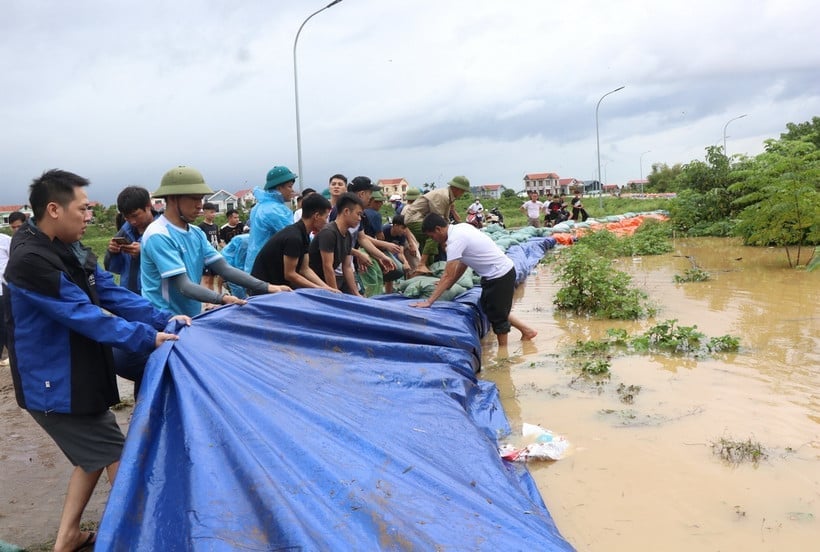
In flood and storm prevention and control, preparation of technical plans, materials, equipment, human resources and conditions for handling must be ready before the rainy and storm season. Photo: Thanh Thuong/VNA.
Some materials reserved for flood and storm prevention and control are stored indoors such as steel baskets, steel wires, sacks, steel piles, hoes, shovels, and storm lamps; some materials are stored in areas with walls but without roofs such as crushed stone, yellow sand, and gravel; some are placed in outdoor areas along the dike such as boulders.
These materials are purchased from the budget. Every year, in the dike repair plan, a part of the budget is allocated for localities to prepare reserve land. The reserve land volume is built at the foot of the dike in the field to be ready for dike protection work.
To mobilize resources for dike protection work, localities require households in areas along the dike to prepare bamboo, fences... Communes are responsible for checking, counting the quantity and assigning households to preserve them in their gardens.
The agency responsible for state management of materials and equipment for flood and storm prevention is the Materials Department under the Department of Dikes. This department was established in 1974 and maintained its operations until the late 70s of the 20th century. Since 1980, materials for flood and storm prevention have been assigned to localities for direct management. At that time, the Department of Dikes no longer had a materials department but only had staff to monitor materials under the Planning Department.
Since its inception, the implementation of the "4 on-the-spot" motto in flood and storm prevention and control (now natural disaster prevention and control) has been different in each stage and can be summarized as follows:
From the "4 on-site" dike protection
Disaster prevention and control in this period mainly focuses on the task of preventing floods and storms, the two most dangerous types of natural disasters that frequently affect our country. However, the "4 on-site" motto for the task of preventing storms and floods in localities that do not have or do not have dykes has not been clearly defined.
In the dike protection mission, "4 on-site" has brought about efficiency, thanks to the initiative in materials, human resources, means, and equipment, with the decisive participation of all levels, forces, and resolute direction at the scene, successfully handling major incidents such as the incident at Noi Doi sluice on the right dike of Cau River, Que Vo District, Ha Bac Province, and the incident at sluice No. 1 on the right dike of Cau River, Pho Yen District, Bac Thai Province during the high flood in 1986.
It can be said that the 4-on-the-spot motto during this period has brought about effectiveness in flood protection work during flood seasons. Many incidents have been detected and successfully handled, ensuring safety for the main river dikes from level 3 to special level, except for two special cases: the break of the outer Van Coc dike on the night of August 26, 1986. This is a dike designed with a lower elevation than the main dike. When the Red River flood rises, the Van Coc sluice will operate and let water overflow the outer dike into the Van Coc flood-slowing area before diverting the flood through the Day Dam to ensure that the water level of the Red River at the Hanoi hydrological station does not exceed the elevation of 13.2m. Therefore, materials, means, dike protection plans... for the outer Van Coc dike section are not prepared like other dikes.
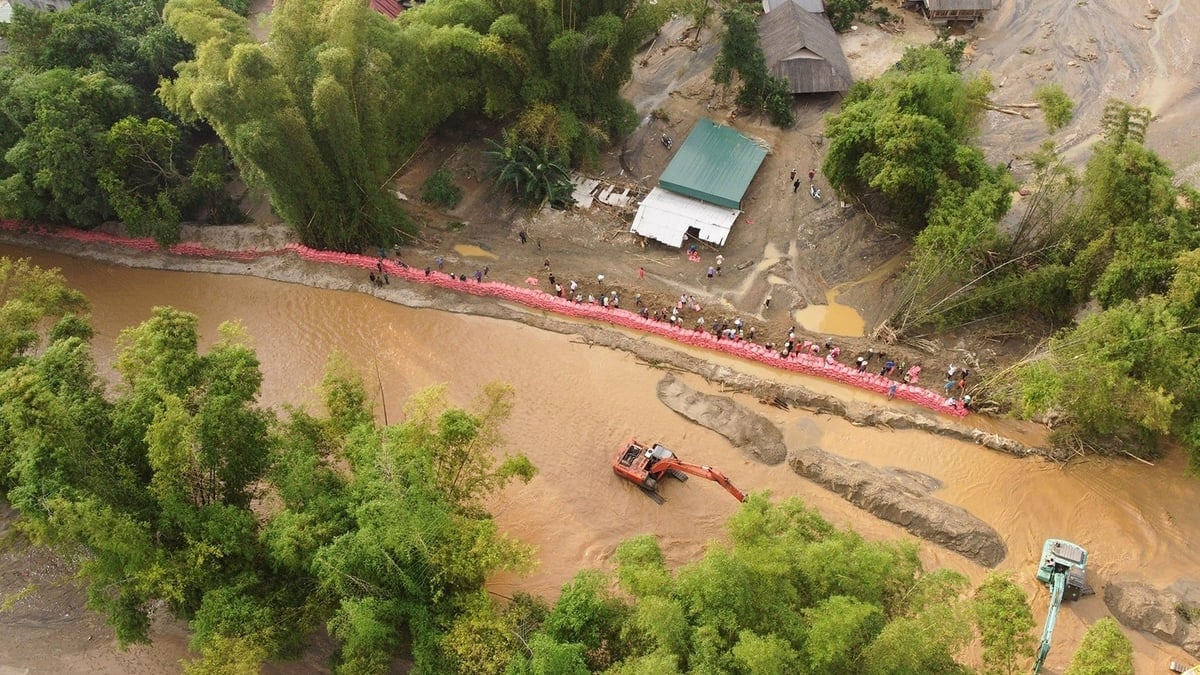
The construction of dykes to prevent floods in Lang Chut village, Van Ban commune (Lao Cai) contributes to minimizing damage caused by natural disasters. Photo: Nhan Dan Newspaper.
The achievements and challenges through practical activities on natural disaster prevention and control at each level, each sector, each field and the whole community, from the specific characteristics of natural disasters in each region and each locality, show that the mindset of implementing the "4 on-the-spot motto" in natural disaster prevention and control needs to be proactively implemented by all levels, sectors and households with plans suitable to the reality at each level, each sector and each specific locality.
Natural disasters are becoming more and more complex with an increasing trend in frequency, intensity, diversity in types and scope of influence. In addition, due to differences in terrain, geographical location, socio-economic conditions and natural characteristics in each region and locality, the "4 on-site" motto must be implemented in accordance with the reality of natural disasters in each locality.
In fact, in the first three years of the 21st century (2000, 2001 and 2003), consecutive high floods in the Mekong Delta caused a lot of damage to people, property, and infrastructure. Among the dead were a number of children who drowned.
To codify in the Law on Natural Disaster Prevention and Control
From that reality, the Central Steering Committee for Flood and Storm Prevention and Control has requested localities to immediately organize centralized childcare and assigned the youth union to coordinate with the women's association at the grassroots level to implement it.
Organizing centralized childcare has brought about results in ensuring safety for children in flood-prone areas. In fact, organizing free centralized childcare during floods in localities in the Mekong Delta is to implement the "4 on-site" motto in ensuring safety for vulnerable groups in natural disasters.

Practice hypothetical situations to have a plan to avoid being passive and panicking when a natural disaster occurs.
The 2000 flood on La River, Lam River; the 2002 flood on the Red River system, Thai Binh River; the high flood on the entire Ma River system, Chu River in Thanh Hoa province and the exceptionally large flood on Hoang Long River (Ninh Binh province) in 2007, when the flood reached level 3, hundreds of incidents occurred on the above-mentioned dikes, many of which threatened the safety of the dikes. However, thanks to careful preparation of handling plans and close and continuous direction from all levels and specialized agencies, the "4 on-site" motto in dike protection work was effectively implemented, and the safety of the dikes was ensured.
From the practical implementation of rescue, relief and support activities for the historic flood that occurred in the Central coastal provinces in 1999, in the activities of preventing and combating natural disasters, the motto "4 on-site" is one of many contents that need to be implemented. However, this motto needs to be implemented closely to the characteristics of each locality, each level, each sector and must be suitable for each type of natural disaster.
The "4 on-site" motto has been implemented for a long time, especially in dike protection work, but it was not until 2006 at point d, clause 7, article 10 of Decree No. 08/2006/ND-CP dated January 16, 2006 of the Government that the "4 on-site" motto was officially stipulated in legal documents. Subsequently, "4 on-site" was also stipulated in the content of the third principle, section II of the Guiding Principles in Decision 172/TTg dated November 16, 2007 of the Prime Minister approving the National Strategy for Natural Disaster Prevention, Control and Mitigation to 2020. The "4 on-site" motto was codified in clause 3, article 4 of the Law on Natural Disaster Prevention and Control 2013. This provision is a very important legal basis for implementation at all levels and sectors.
To ensure effective implementation, especially to meet the requirements of natural disaster prevention and control in the context of climate change impacts, the "4 on-site" motto must be prepared in a diverse, flexible, feasible and synchronous manner with plans and schemes for natural disaster prevention and control of all levels, sectors and each field, in accordance with the characteristics of natural disasters in each region and each type of natural disaster such as: 4 on-site in flood and inundation prevention and control; 4 on-site for handling technical infrastructure incidents; 4 on-site in storm and tropical depression prevention and control; 4 on-site in flash flood and landslide prevention and control; 4 on-site in drought and saltwater intrusion prevention and control; 4 on-site in cold weather prevention and control; 4 on-site in earthquake and tsunami prevention and control... The 4 on-site motto in areas with different terrain, climate and natural disaster characteristics must be prepared in accordance with the situation to ensure effectiveness and feasibility.
For households and communities, based on the reality of natural disasters occurring in the area, with the experience gained in natural disaster prevention and control, they will proactively prepare the 4-on-the-spot motto at the household and household group (inter-family) scale in the direction of "saving yourself before others come to help".
Source: https://nongnghiepmoitruong.vn/dung-thanh-luy-truoc-thien-tai-bai-4-chuyen-luat-hoa-phuong-cham-4-tai-cho-d783199.html








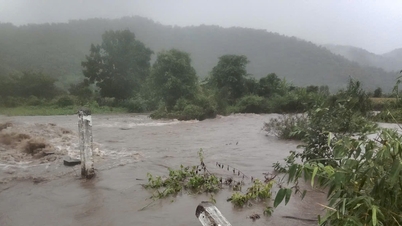

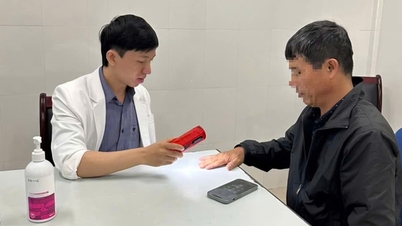

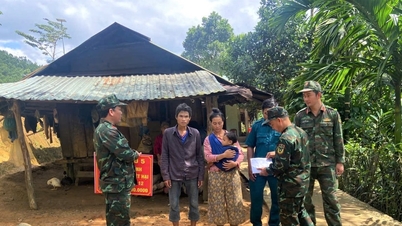










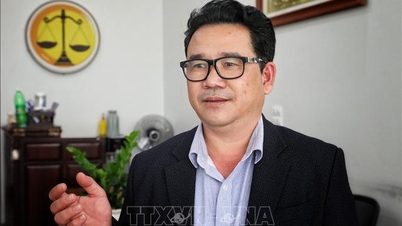


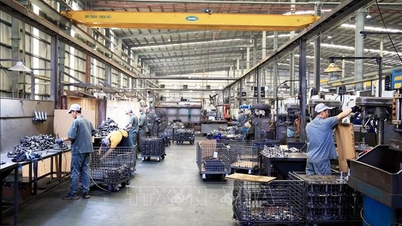







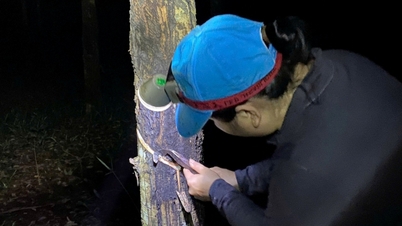
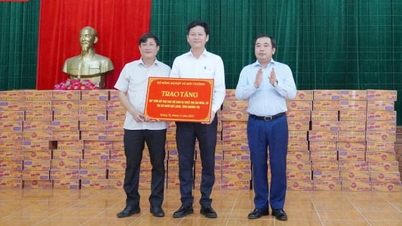














































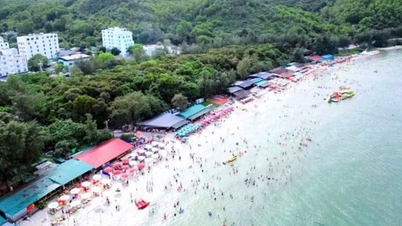



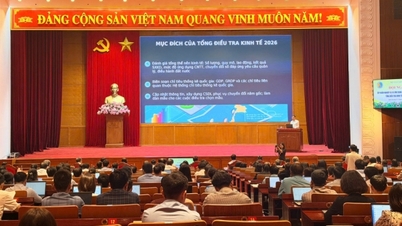



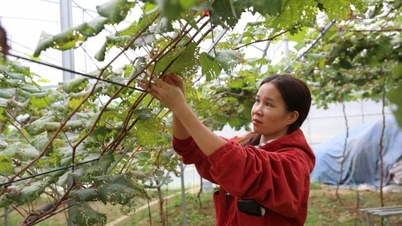


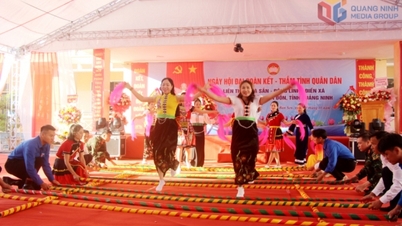

![Dong Nai OCOP transition: [Article 3] Linking tourism with OCOP product consumption](https://vphoto.vietnam.vn/thumb/402x226/vietnam/resource/IMAGE/2025/11/10/1762739199309_1324-2740-7_n-162543_981.jpeg)













Comment (0)